It has been nineteen years since Metroid Fusion, the last game in the series to actually take place at the end of the Metroid timeline. While it hasn’t been nearly as long since the last game, being 2017’s Metroid: Samus Returns, Metroid Dread marks the first time an original game in the series since 2010’s Metroid: Other M in the original continuity (though the Prime series has had Metroid Prime: Federation Force in 2016). It’s been a mighty long wait for fans of the 2D series too, with fourteen years since Metroid Zero Mission. Speculation already began in 2006 when listings for “Metroid Dread” started circulating in various outlets, implied to be for the Nintendo DS. With all this time to ponder over the possibilities, the time is finally upon us, has the wait for Metroid Dread been worth it?

Metroid Dread
Nintendo Switch
Developed by MercurySteam
Published by Nintendo
Released: 8th October 2021
Digital copy provided by Nintendo UK
After the events of Metroid Fusion, the threat of the X Parasites, an organism capable of infecting a host lifeform and stealing their very genetic makeup before killing the host and replacing them, has been more or less confirmed. Intergalactic bounty hunter Samus Aran had set the Galactic Federation BSL research station on a crash course from the orbit of planet SR388 directly into it, causing it to explode and destroy the whole planet. However, a mysterious transmission sourced from the planet ZDR showing an X Parasite on video causes the Federation to take action. Sending a group of E.M.M.I., Extraplanetary Multiform Mobile Identifier, to investigate and hopefully secure the threat proves to be fruitless, as they lose contact shortly after. Samus decides to take matters into her own hands once again and travels to ZDR to hopefully settle things once and for all.
If this is your first Metroid game, a number of things should be brought up to get you up to speed. The genre, typically referred to as a Metroidvania, follows the principles of navigating a large map filled with obstacles that can only be overcome with various abilities you obtain along the adventure. Many of these you will not be able to circumvent when you first see them, meaning you will have to return with the appropriate ability to move to new areas. Many pickups, usually to increase health or ammo counts, are dotted about the map which also may require unobtained abilities to reach. The cycle of “lock and key” discovery of roadblocks, locating the ability to surpass them and returning to do just that keeps the player engaged over the long run, encouraging exploration and feeding on the “aha” revelations once an ability is unlocked.
Dread is designed in such a way that you will always be bumping into pickups you might not be able to obtain, but the drip feeding of new abilities throughout the adventure means you will always be able to collect them sooner or later. In fact, many can be collected out of sequence, a contrast to the incredibly linear Samus Returns and the previous chronological entry of Fusion. It’s incredibly rewarding to be able to collect those out of reach items once the appropriate ability is in your possession, and even more satisfying to actually collect it without them. The game doesn’t stop you with arbitrary blocks if you’re able to circumvent the “intended” method.

As for the actual controls, it’s incredibly fluid with very little in the way of restrictive physics getting in your way. The basics have you moving, shooting and jumping, with a few other features that go beyond that. Free aim from Samus Returns makes a comeback, with the addition of being able to subtly adjust your aim while moving by tilting the left stick slightly. Also returning from Samus Returns is the parry attack, as many enemies have a distinct tell, shown by a visual flash and audible “click”, that indicates that they can be parried and swiftly dealt with. A good number of controls have been remapped from before, with the addition of more button options on the Switch versus the 3DS, and a lot of these are a godsend. Quickly tapping a button or pressing down on the stick to perform actions that were previously toggled with the D-Pad and engaged with a single button is a lot more intuitive.
Dread is heavily movement based, with a lot of mechanics intended specifically to keep your momentum going. The immediate change from prior games that aids in navigation is the ability to slide under objects, negating the need to turn into the famous Morph Ball for small gaps (though this is still necessary for longer gaps). The parry attack in Samus Returns was intended to speed up enemy engagement by instantly fazing enemies with a well-timed counterattack, but it did often end up with the player constantly stopping and starting again with every parry. Dread deftly fixes this by allowing you to parry very easily while moving and also in the air, keeping you active at all times.
The game is a sight to behold, with absolutely gorgeous environments that are very sharp and crisp as well as buttery smooth at a blistering 60 frames per second. It helps that the art style isn’t intended to be overly detailed, focusing more on the atmosphere than raw fidelity, leading to a heavier focus on performance. This helps a lot, as there are many split second timing windows, a rare instance of art design directly having an impact on the gameplay. Our editor also feels that the game looks even more stunning on the OLED Model of the Nintendo Switch, so much so, they actually prefer playing the game in handheld mode.

The map has been vastly improved, highlighting various doors and other interactable objects when you run into them, even showing if they’ve been used or not. This comes in especially handy for the many pickups you may run into along your journey, as it will show ones in areas where you’ve seen them but not picked them up, and then marks them as collected once you have. Not only that, but areas of the map that you’ve passed through with hidden items you haven’t seen yet will blink white to indicate that you should try looking there later. This makes cleanup a breeze, as you know which ones you have and haven’t collected (especially if you decide to consult a guide, thus saving you time in the long run).
With all this, we should really talk about the stars of the show and the defining feature that makes this game stand out from the rest of the series; the E.M.M.I.. These robots are designed to seek specific life signatures and hunt them down to extract their DNA. Confined to select areas, forbidden from moving outside of them by design, they will stalk these areas and prey upon Samus with in a cold, merciless fashion befitting of an emotionless machine. If you’re faint of heart, the E.M.M.I. will no doubt become the new fixation of your nightmares.
The E.M.M.I. are suitably deadly, being indiscriminate killers with no regard for patience or mercy. This makes them fairly stressful in more high demand areas, though they are initially fairly easy to evade. That being said, you aren’t totally defenseless, even if an E.M.M.I. catches you, there are two extremely narrow windows of which to parry them. It’s ludicrously tight, so you’re not all that likely to hit it, but it is ultra satisfying to pull off. Likewise, you can’t rely on muscle memory, as the E.M.M.I. have different patterns for striking Samus. You are never truly safe.

It gets very tense and unsettling within the E.M.M.I. zones, as you can never let your guard down in these areas. The E.M.M.I. can be right round the corner at any moment. A single slip up and you can be in their target range, any further mistakes and they will find you and they will kill you. You will be very thankful for the forgiving checkpoints specifically at the beginning of each E.M.M.I. zone, though you will have to re-navigate the area from scratch. Even then, E.M.M.I. positioning will change every single time you enter a zone, meaning you can’t rely on formulating an optimal path. These are like the SA-X sequences in Fusion on steroids, unpredictable and even more deadly.
Defeating certain minibosses provide you with the only means to destroy an E.M.M.I., the Omega Cannon. This temporary upgrade augments Samus’ arm cannon with intense power, the only thing capable of penetrating an E.M.M.I.’s armour and dealing the decisive blow, ending them once and for all. Though even with this power, they are not easily felled. Their armour must first be broken with the Omega Stream, a constant barrage of bullets, and then finally destroyed with the Omega Blaster, a shot that can only be fired once fully charged. Both of these weapon modes can only be used while completely stationary, leaving you absolutely open to attack in the wrong circumstances.

Dread is noticeably more difficult than your average Metroid game. While the general exploration isn’t too threatening if you keep your wits about you, various bosses hit like trucks and, of course, the E.M.M.I. are instant game overs if you get caught. The game balance seems to be all over the place though. Your average enemies likely won’t cause you much grief, even if they deal more damage than a typical Metroid game. However, the bosses are rough. They hit extremely hard, really nailing down the need to adapt very quickly. It can be a bit disheartening to die to a boss you’re not really struggling much with just because they hit for massive amounts of damage.
Progression generally feels fairly intuitive, though there were a few moments where I wasn’t too sure on where to go. However, upon realising what I needed to do it did all make sense, so I can’t say it’s particularly confusing or illogical. It’s possible for some Metroidvania games to have really out-there solutions to progression and I can thankfully say that Dread isn’t like that in the greater picture. The game doesn’t hold your hand though, you may find yourself aimlessly wandering as there are no clues besides your own memory of obstacles you have passed but couldn’t go beyond.
MercurySteam’s influence on Metroid has been very evident, and has now been for the better. Samus Returns was a little on the iffy side, with a handful of odd design choices that held the overall experience back, but they seemed to have learned from those mistakes and taken feedback to heart and created a truly wonderful experience. Any complaints are nitpicks at best, the only notable one would be the inconsistent difficulty. You can and will get trashed by bosses a lot, but it’s all about learning the right patterns, even if it’s disheartening to be dying over and over to get there. Dread is thoughtfully designed for Metroid fans at heart, but with enough quality of life features to make it appealing to someone who isn’t familiar with the series’ quirks. It’s easy to get into and thoroughly engaging with its mechanics and design, truly testing your mastery by the climax.

Final rating – 5 out of 5
Metroid Dread is available now for Nintendo Switch.
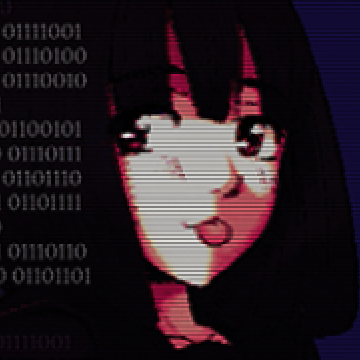
Long time fan of Nintendo and games in general, I always lean on the quirkier and unique sides of things in particular. It all started when I was lucky enough to get a Gameboy Color and Pokemon Yellow for my tenth birthday and it’s been going strong ever since. I’ve always had a need to get my voice heard and share anything I find interesting with the world.



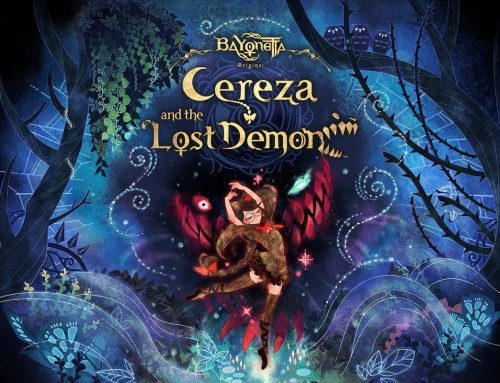
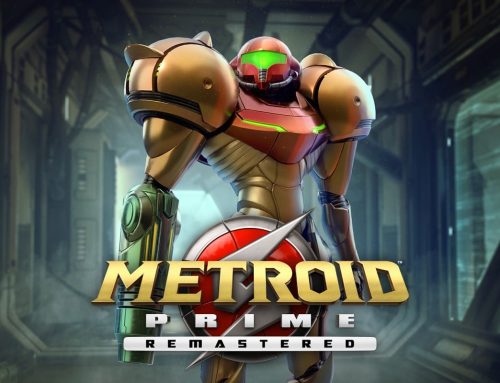

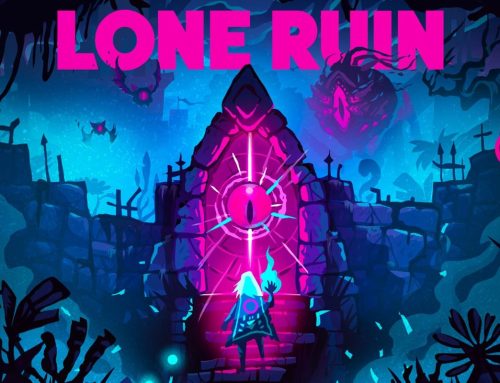

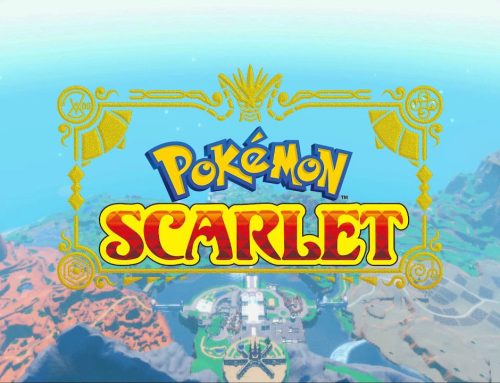
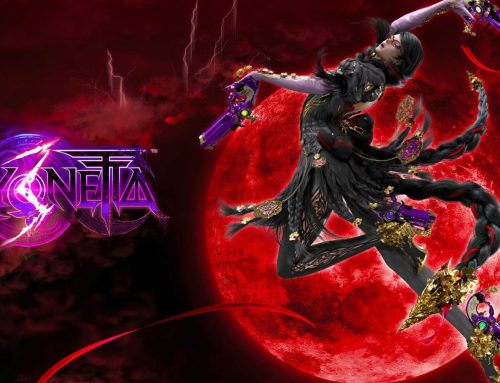
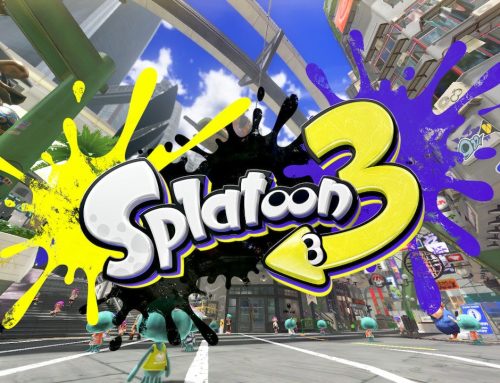

Leave A Comment
You must be logged in to post a comment.